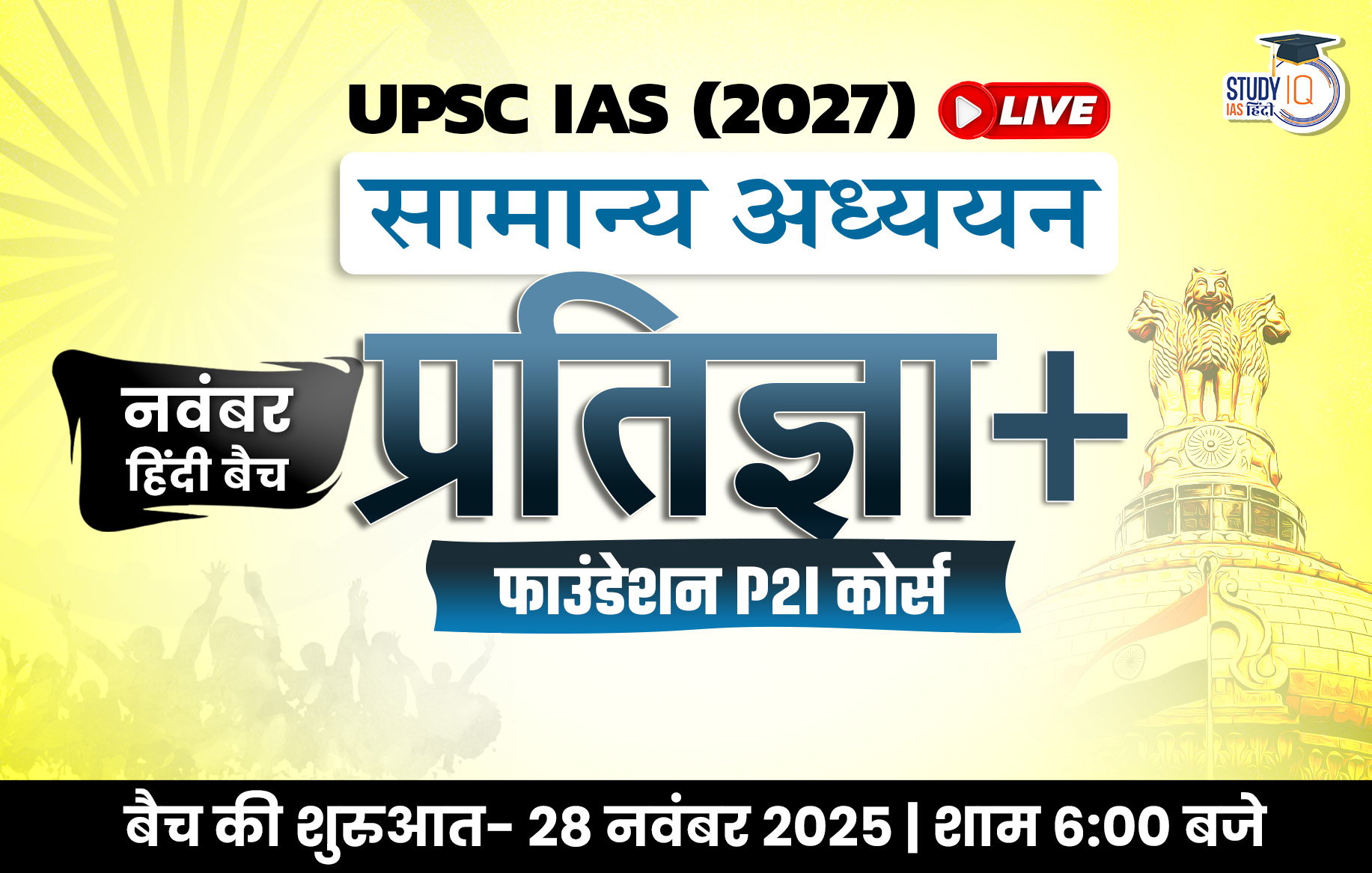Table of Contents
The Global Tuberculosis (TB) Report 2025, released by the World Health Organization (WHO) on November 12, 2025, offers an updated and comprehensive assessment of global TB trends, incidence, mortality, drug-resistant TB, and country-wise progress. While the report highlights a steady decline in India’s TB burden, it also reveals a significant gap between the country’s achievements and the ambitious target of eliminating TB by 2025.
In 2024, India recorded 27.1 lakh TB cases and over 3 lakh deaths, making it one of the countries with the highest TB burden globally. Despite improvements in treatment coverage and success rates, India remains far from meeting the End TB Strategy milestones.
Why Is the Global TB Report 2025 Important?
-
WHO publishes this annual report to track TB incidence, mortality, drug resistance, treatment outcomes, and global progress.
-
India’s own India TB Report 2024 has not been released yet, making the WHO report critical for understanding the current situation.
-
The report influences global health policy, national programmes, and disease elimination strategies.
Key Findings of the Global TB Report 2025
1. India’s TB Reduction Falls Short of 2025 Milestones
Between 2015 and 2024, India achieved:
-
21% reduction in TB incidence
-
28% reduction in TB deaths
This is well below the 2025 End TB targets:
-
50% reduction in incidence
-
75% reduction in mortality
2. India Still One of the Highest TB-Burden Countries
-
~27.1 lakh new TB cases in 2024
-
3+ lakh deaths
-
Continues to significantly contribute to global TB numbers
Globally, 10.7 million people were infected, and 1.23 million died from TB in 2024, making it the deadliest infectious disease globally.
3. Treatment Coverage Improves to 92%
India’s treatment coverage increased to 92% in 2024, up from 85% in 2023.
How India Improved Coverage:
-
Wider rollout of the BPaL regimen
-
Faster diagnosis and community screenings
-
Better tracking through digital systems
BPaL Regimen:
Pretomanid (Pa) + Bedaquiline (B) + Linezolid (L), sometimes with moxifloxacin (M).
-
Cuts treatment time for drug-resistant TB from 18–24 months to 6 months
-
India is the world’s only supplier of pretomanid
4. TB Treatment Success Rate Now at 90%
-
Success rate for patients starting treatment in 2023: 90%
-
Higher than the global average of 88%
5. Drug-Resistant TB Remains a Challenge
-
India accounts for one-third of global drug-resistant TB cases
-
Burden has not risen significantly — but has also not declined
-
Multi-drug resistant TB continues to strain health systems
What Is Tuberculosis?
Tuberculosis is caused by Mycobacterium tuberculosis, primarily affecting the lungs but capable of impacting other organs. It spreads through the air when an infected person coughs, sneezes, or speaks.
Symptoms include:
-
Persistent cough
-
Fever
-
Night sweats
-
Weight loss
-
Fatigue
India’s Efforts Toward TB Elimination
Despite missing the 2025 elimination target, India has taken bold steps:
1. Free TB Treatment
The government provides free medicines, including new-generation drugs like:
-
Bedaquiline
-
Delamanid
-
Pretomanid
2. Ni-kshay Portal
A digital platform to:
-
Track TB cases nationwide
-
Monitor treatment adherence
-
Provide real-time data to health officials
3. Ni-kshay Mitra Yojana
-
Volunteers and organisations adopt TB patients
-
Provide monthly nutrition support (dry rations, protein-rich foods)
4. Innovations in Screening & Treatment
Shorter regimens (BPaL, BPaLM)
AI-enabled handheld X-ray devices
-
Detect even asymptomatic cases
-
Used widely during the 100-day community campaign
Smart pillboxes
-
Remind patients to take medicines
-
Track compliance digitally
5. Increased Government Spending
India spent:
-
$146 billion (5.6% of GDP) on climate adaptation and health co-benefits (2021–2022)
-
Continuous rise in health sector investments
Why India’s TB Elimination Target Remains Difficult
-
Persistent drug-resistant TB
-
Long treatment durations
-
Malnutrition and poverty
-
Social stigma
-
Under-reporting in private sector
-
Urban slum overcrowding
-
Tobacco use
-
Air pollution and co-morbidities (HIV, diabetes)
TB elimination is defined as <1 case per million population — a target no high-burden country has yet achieved.
Conclusion
The Global TB Report 2025 highlights India’s steady but insufficient progress against TB. While treatment coverage, diagnostic innovations, and shorter drug-resistant regimens have boosted outcomes, the country remains far from the ambitious goal of eliminating TB by 2025.
Sustained political commitment, universal treatment access, stronger surveillance, nutritional support, and technology-driven interventions will be crucial for India to meet the WHO End TB targets for 2030 and 2035.
India stands ahead of the global average in many indicators — but significant gaps remain.


 Atlantic Meridional Overturning Circulat...
Atlantic Meridional Overturning Circulat...
 Data Protection Rules 2025: Key Features...
Data Protection Rules 2025: Key Features...
 Climate and Health Funders Coalition
Climate and Health Funders Coalition

























